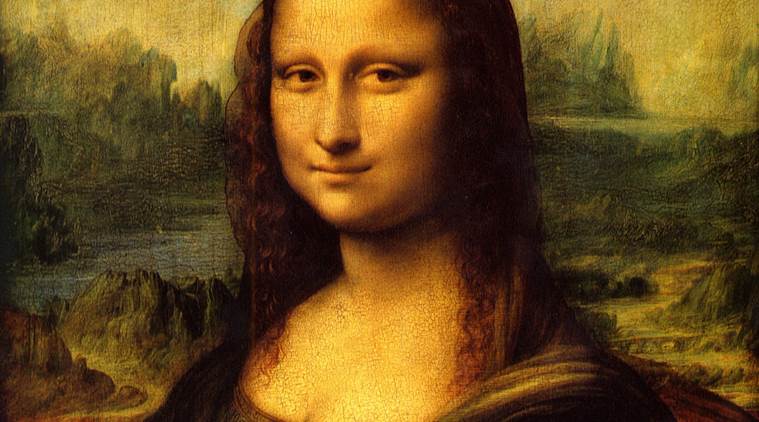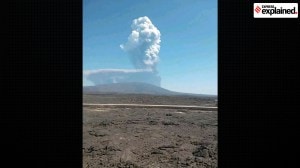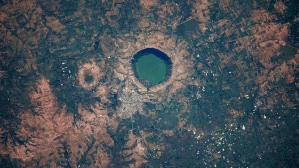Mona Lisa mystery: Scientist finds hidden portrait under Leonardo da Vinci’s painting
The Louvre Museum, where the famous painting is housed, has declined to comment on his claims because it "was not part of the scientific team".
 Leonardo da Vinci is believed to have worked on the painting between 1503 and 1517 while working in Florence and later in France.
Leonardo da Vinci is believed to have worked on the painting between 1503 and 1517 while working in Florence and later in France.
There is a portrait hidden beneath the existing painting Mona Lisa by the Italian artist Leonardo da Vinci, a French scientist has claimed.
Pascal Cotte says he has found an image of a portrait underneath the existing Mona Lisa painting using reflective light technology.
Cotte said he has spent more than 10 years using the technology to analyse the painting.
He claims the earlier portrait lies hidden underneath the surface of Leonardo’s most celebrated artwork.
A reconstruction shows another image of a sitter looking off to the side, the BBC reported.
The Louvre Museum, where the famous painting is housed, has declined to comment on his claims because it “was not part of the scientific team”.
Leonardo is believed to have worked on the painting between 1503 and 1517 while working in Florence and later in France.
There has long been debate about the Mona Lisa’s identity. But for centuries, it has been widely believed that she is Lisa Gherardini, the wife of a Florentine silk merchant.
But Cotte has claimed his discoveries challenge that theory. He believes the image he has reconstructed underneath the surface of the painting is Leonardo’s original Lisa, and that the portrait named Mona Lisa for more than 500 years is, in fact, a different woman.
“The results shatter many myths and alter our vision of Leonardo’s masterpiece forever.
“When I finished the reconstruction of Lisa Gherardini, I was in front of the portrait and she is totally different to Mona Lisa today. This is not the same woman.”
But Cotte’s claims are controversial and have divided opinion among Leonardo experts.
“I’m sceptical. It’s perfectly common for an artist to overpaint an image as it is for a client who’s commissioned that artist to ask for changes. So it’s not surprising that there are those underpaintings on the Mona Lisa,” Will Gompertz, Arts Editor said.
Cotte, who is the co-founder of Lumiere Technology in Paris, was given access to the painting in 2004 by the Louvre.
He has pioneered a technique called Layer Amplification Method (LAM), which he used to analyse the Mona Lisa.
It works by “projecting a series of intense lights” on to the painting. A camera then takes measurements of the lights’ reflections and from those measurements, Cotte said he is able to reconstruct what has happened between the layers of the paint.
The Mona Lisa has been the subject of several scientific examinations over more than half a century. More recent techniques include infrared inspections and multi-spectral scanning.



- 01
- 02
- 03
- 04
- 05




























